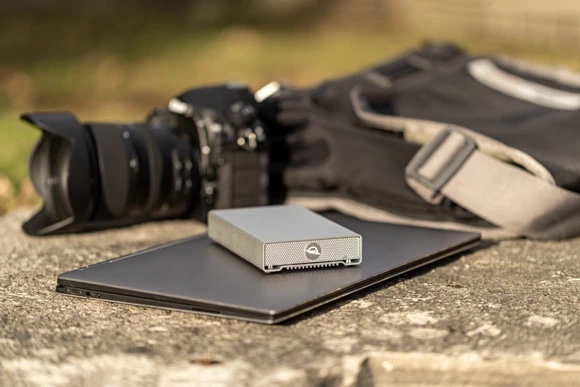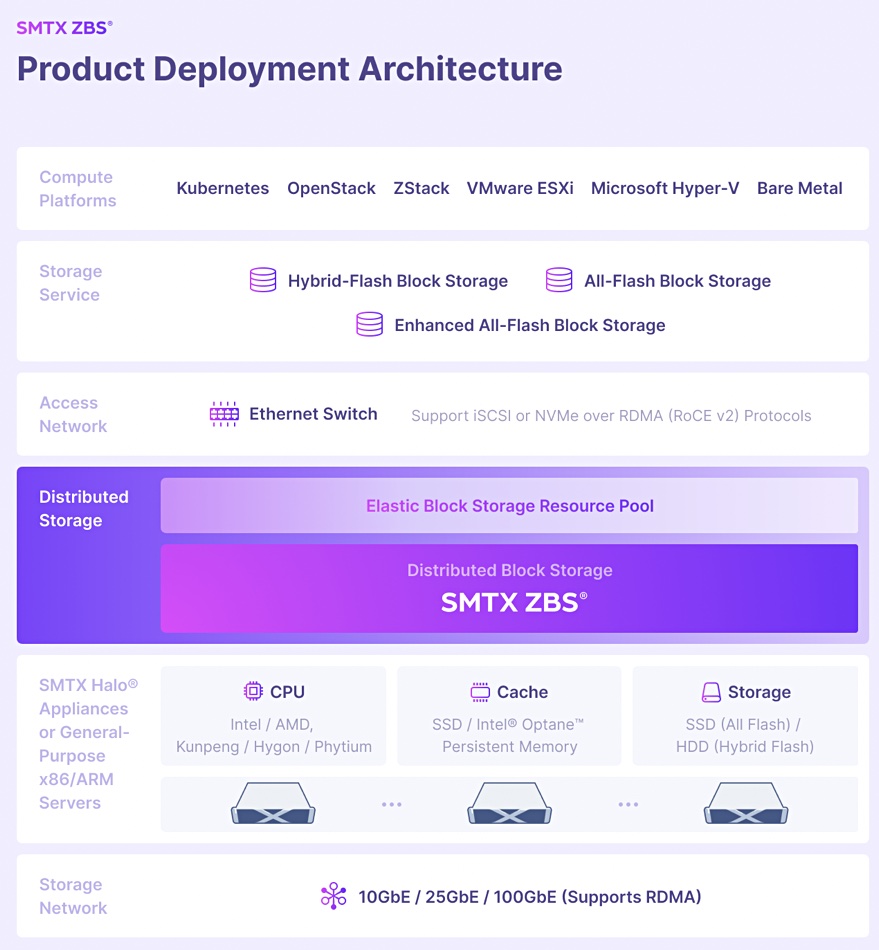…
An Arcserve announcement appears to have had an embargo breakdown or similar event, as SecurityBrief Asia has put out a story — “Arcserve partners with Google Cloud to deliver cloud business continuity solution” — which is dated 11 November 2021. It describes the availability of Arcserve Cloud Services (DRaaS) on the Google Cloud Platform.
…
A DoKC (Data on Kubernetes Community) report entitled “Data on Kubernetes 2021” surveyed 500 Kubernetes-using respondents and found half of them are running half or more of their production workloads on it. Some 90 per cent believe it is ready for stateful workloads, and 70 per cent are running them in production. DoKC is a Kubernetes supplier trade group with levels of membership. Top level (platinum) members are DataStax, EDB, MayaData (bought by DataCore) and Pure-owned Portworx.
…
Taiwan-based contract semiconductor manufacturer United Microelectronics Corp. (UMC) is paying an undisclosed sum to Micron as the price of the legal action between the two being dropped. UMC pled guilty to Micron DRAM IP theft in October last year and was fined $60 million by the USA. The stolen IP was passed to China’s Fujian Jinhua which wanted it for DRAM manufacturing.
…

OWC has updated its OWC Mercury Elite Pro mini portable flash drive with USB-C support, delivering up to 542MB/sec real-world performance. Drive capacities are 480GB, 1TB, 2TB and 4TB — or you can buy the product with flash drive and stick one in yourself. The 480GB model is priced at $94.
…
China-based SmartX has announced version 5.0 of its SMTX ZBS distributed block storage product which can deliver 770,000 4K random read IOPS from a 3-node cluster. V5.0 introduces support for RoCE v2, NVMe-oF (alongside existing iSCSI support) and Optane Persistent Memory. It can provide 8GB/sec bandwidth for 256K sequential reads, saying this is close to the physical limit with a 25GbitE network card.

…
Richard Henderson, technical director at TigerGraph, believes that, in 2022, “digital twins” will appear everywhere, and be based on real-time analytic graph databases. A digital twin is a real-time model of a business and its environment. It provides, he says, a complete and current view of the physical business situation, using the business events and data that are probably already available in individual operational silos and data marts. This, combined with graph analytics, can deliver a detailed and immediate digital scenario, showing the impact and risk associated with any delays or failures within that network. Graph analytics will combine these individual events and the map of the network to produce a “zoomable” big picture view of the entire operation.
….







